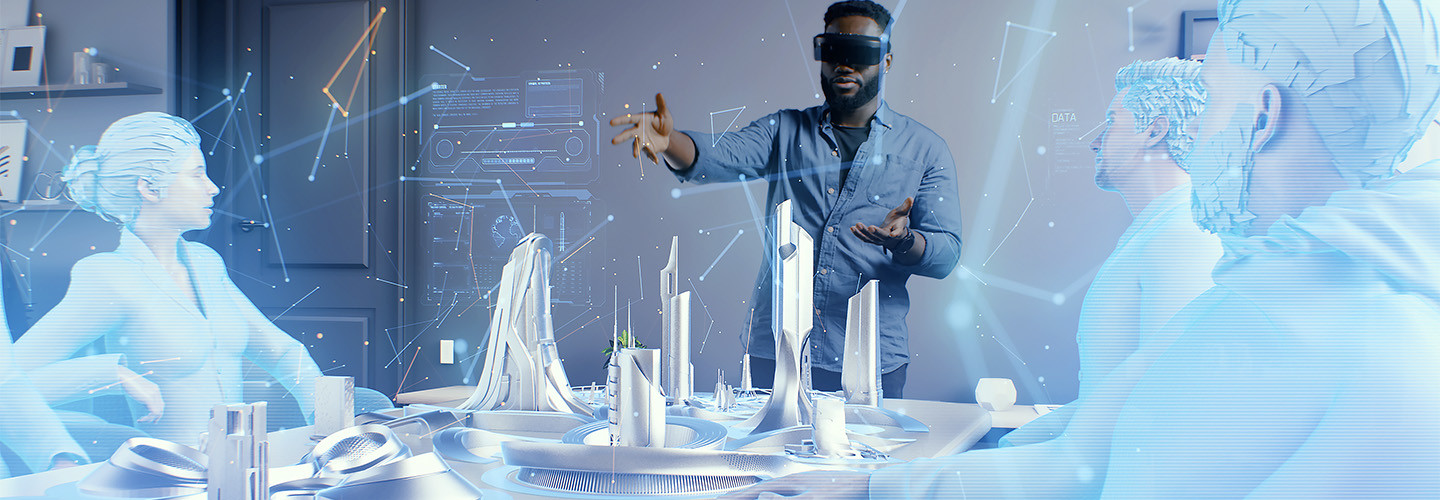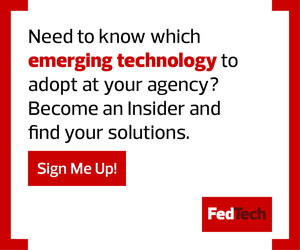For the most part, federal agencies remain unprepared to adopt disruptive and emerging technologies to support digital transformations, according to Deloitte’s “GovTech Trends 2023” report. The professional services network’s annual report spotlights technology trends most likely to cause disruption over the next 18-24 months and evaluates the government’s readiness to adopt them.
On several trends, Deloitte rated the federal government at the low end of its readiness scale, though agencies fared well on a few key technologies. This is in part due to the unique challenges government organizations face.
“The large share of government IT budgets are devoted to operations and maintenance,” says Scott Buchholz, CTO for Deloitte’s government and public services practice. “This often makes it difficult to find the resources needed for improvements that would actually save costs and improve future budgets. In general, similarly sized commercial IT organizations spend significantly less on operations and maintenance.”
What tech trends are on the horizon, and how can agencies prepare for them? The report outlines where improvements are needed and how to make them.
Click the banner below to be the first to learn about emerging tech by becoming an Insider.
Agencies Lag Behind on the Immersive Internet
Deloitte identified “immersive virtual experiences” as a tech trend, referring to the move toward more experiences in virtual reality (VR), mixed reality and augmented reality, creating ways for people to connect with each other in digital worlds. Deloitte gave the government a score of 1 on readiness to adopt such technologies. (The scoring scale runs from 1 to 5, with 1 being the lowest score.)
Agencies may not yet be in a position to adopt these technologies, but there are opportunities to support constituents and employees. The report provides examples: Virtual office visits could let constituents meet more easily with government employees, which could be helpful for people with disabilities or time and transportation constraints. VR could also provide immersive training to help government employees react safely and effectively to high-pressure situations in the real world.
EXPLORE: How government initiatives are driving digital transformation.
Agencies Must Prepare for Decentralization and Modernization
On decentralized architecture, Deloitte rated the government’s readiness a 2. Decentralized, blockchain-powered ecosystems are key to building digital trust, which is the measure of a user’s confidence in an organization to create secure digital environments.
As blockchain adoption increases, Deloitte notes that there is an opportunity for agencies to use blockchain-powered solutions to enable, re-engineer and automate processes with other organizations. As regulators, agencies can provide policy and regulatory clarity to support national innovation.
Deloitte also gave agencies a score of 2 on mainframe modernization. This refers to modernizing existing legacy IT systems (like mainframes) to fit today’s tech landscape, as opposed to completely replacing core systems. Organizations are using mainframes to drive digital transformation so they can take advantage of the trusted functionality of legacy systems and the capabilities of emerging technologies.
Deloitte calls for agencies to consider using technologies and techniques that allow for progressive modernization and incremental service improvements to embrace emerging technologies while reducing migration risk.
The challenge with implementing such emerging technologies is finding the right balance between seizing new opportunities and preserving safety.
“In our increasingly digital world, a government system failure can have catastrophic impacts. By contrast, the constraints on government budgets and ongoing workforce changes make it increasingly necessary to implement advanced automation techniques,” Buchholz says. “Leaders must balance modernization needs, budget limitations, knowledge loss, constant cybersecurity threats and the ever-present risk of technological disruption.”
LEARN ABOUT: How federal agencies can leverage the cloud for application modernization.
Agencies Embrace Some Key Trends
The public sector scored better on a few tech trends that Deloitte noted to be highly relevant. The report’s relevance scale considers how impactful it would be if the government adopted a trend. (The scoring scale runs from 1 to 5, with 1 being the lowest score.)
Managing multicloud environments received a relevance score of 4. On that trend, agencies received a readiness score of 3. Deloitte notes that agencies should automate complexity management by using off-the-shelf tools to manage details across all cloud vendors.
On the trend of reimagining the tech workforce for more flexibility, the public sector received the highest score of 5 on the relevance scale and a readiness score of 3.
According to the report, hiring for current needs isn’t a good long-term strategy. Instead, companies should adopt the mindset that tech talent can be curated, created and cultivated, with flexibility being the most important ability. Deloitte notes that in addition to recruiting top talent, agencies should also create pipelines to “non-traditional talent” for the future.











